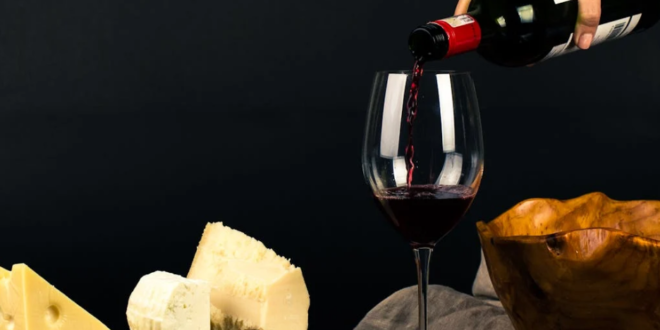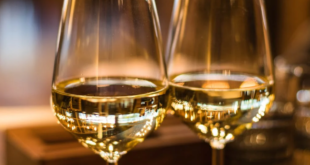Few culinary combinations evoke as much delight and sophistication as the timeless pairing of cheese and wine. From casual gatherings to lavish soirées, this harmonious duo has been a staple of gastronomic pleasure for centuries, steeped in tradition and revered for its unmatched sensory experience. Let’s embark on a journey through time to explore the fascinating history of cheese and wine, from their humble beginnings to their status as culinary icons today.
Ancient Origins
The origins of cheese and wine can be traced back to ancient civilizations, where both were discovered by accident and refined over time. In Mesopotamia, one of the cradles of civilization, archaeological evidence suggests that wine production dates back to at least 6000 BCE. Similarly, the art of cheesemaking is believed to have originated around the same time, with evidence of cheese production found in ancient Egyptian tombs dating back over 4,000 years.
Medieval Europe
During the Middle Ages, monasteries in Europe played a significant role in the development of both cheese and wine. Monks were not only skilled winemakers but also adept at cheesemaking, utilizing their knowledge of fermentation and preservation techniques. Monastic orders such as the Benedictines and Cistercians became centers of innovation, perfecting the craft of cheese and wine production and sharing their expertise with surrounding communities.
Renaissance and Beyond
The Renaissance period marked a golden age for cheese and wine, as culinary traditions flourished across Europe. In France, the birthplace of many iconic cheeses and wines, regional specialties began to emerge, each reflecting the unique terroir of its surroundings. Meanwhile, advancements in viticulture and winemaking techniques led to the production of finer wines with greater complexity and depth of flavor.
Modern Pairings
Today, cheese and wine continue to be celebrated as essential components of the culinary landscape, both separately and together. The art of pairing cheese and wine has evolved into a sophisticated science, with enthusiasts and sommeliers alike exploring the endless possibilities of flavor combinations. From creamy Brie with a crisp Chardonnay to robust Gouda with a full-bodied Cabernet Sauvignon, the interplay of textures and tastes creates a sensory experience that delights the palate and stimulates the senses.
Cultural Significance
Beyond their gastronomic appeal, cheese and wine hold cultural significance in many societies around the world. In France, the concept of terroir—the idea that a wine or cheese is a product of its specific geographic location—lies at the heart of culinary identity. In Italy, wine and cheese are integral to the country’s rich culinary heritage, with regional specialties reflecting centuries of tradition and craftsmanship.
Celebrating Tradition
As we raise a glass of wine and savor a slice of cheese, we pay homage to the artisans and producers who have preserved these ancient traditions through the ages. Whether enjoyed casually with friends or savored as part of a formal tasting, the pairing of cheese and wine is a testament to the enduring pleasures of good food and good company.
In conclusion, the history of cheese and wine is a story of discovery, innovation, and cultural exchange that spans millennia. From their humble beginnings in ancient civilizations to their status as culinary icons today, cheese and wine continue to captivate our senses and enrich our lives with their timeless appeal. So let us raise our glasses and toast to the enduring legacy of this beloved gastronomic duo. Santé et bon appétit!
 Vino-Club For Wine Lovers
Vino-Club For Wine Lovers






